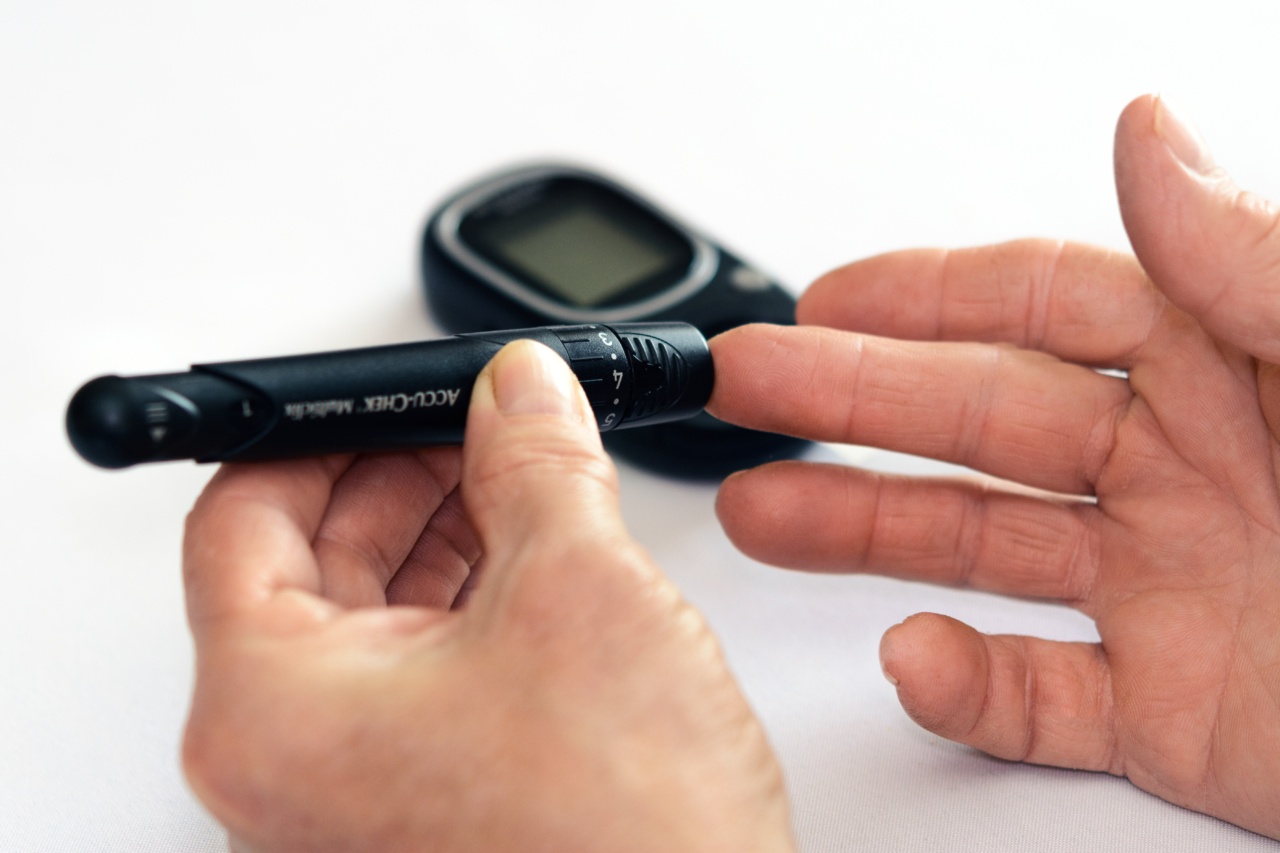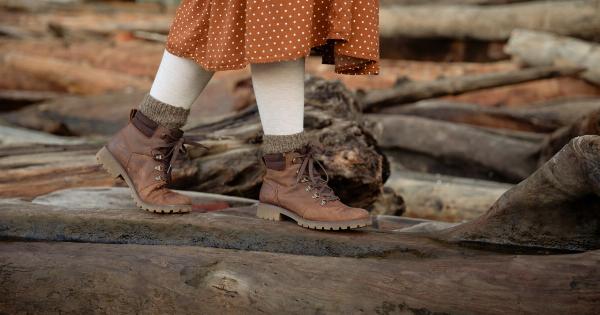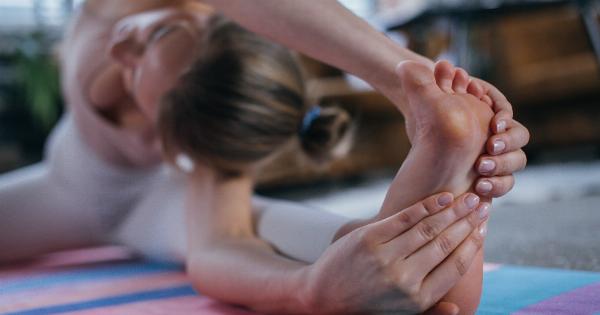Have you ever wondered why your skin wrinkles up like a prune after spending too long in the bath or swimming pool? It’s a strange and curious phenomenon that has puzzled scientists and researchers for years.
However, in recent years, studies have started to shed light on the science behind pruney fingers and why they occur. In this article, we explore everything you need to know about pruney fingers, including how they occur, what they’re useful for, and whether they pose any health risks or concerns.
What Causes Pruney Fingers?
Pruney fingers are caused by a phenomenon called vasoconstriction, which is when your blood vessels narrow and restrict blood flow to your extremities.
When you spend time in water or a wet environment, your skin starts to absorb water, causing the skin cells to expand and press against the outer layer. This pressure from the swollen skin cells activates your body’s sympathetic nervous system, which in turn triggers vasoconstriction in your blood vessels.
As a result, blood flow to your fingers and toes is reduced, causing them to wrinkle up and become pruney.
Interestingly, not all areas of your body are affected by pruney skin in the same way. Science tells us that your fingers and toes are particularly prone to wrinkling up due to their unique biological structure.
Specifically, your fingers and toes contain a greater number of sweat glands compared to other areas of your body. Sweat glands are responsible for producing sweat, which plays a crucial role in regulating your body temperature.
When you spend time in water, the sweat glands in your fingers and toes produce a different type of sweat than the rest of your body, which makes the skin more permeable to water. This is what causes the skin in these areas to absorb water and expand, leading to pruney fingers.
What Are Pruney Fingers Useful For?
For decades, researchers have wondered what the purpose of pruney fingers might be. Some theories suggest that they may provide a better grip in wet conditions, while others suggest they may have evolved as a means of improving tactile sensitivity.
More recent research, however, suggests that the wrinkling of fingers and toes might be an evolutionary adaptation to help us handle objects when wet. Specifically, the wrinkles act like the treads on a tire or sole of a shoe, increasing friction and improving grip when manipulating objects underwater.
A 2013 study in the journal Biology Letters found that people with pruney fingers were significantly better at manipulating wet objects than those without wrinkles, providing strong evidence that the phenomenon has an evolutionary purpose.
Are Pruney Fingers a Health Risk?
For most people, pruney fingers are harmless and nothing to worry about. However, in rare cases, they may be a sign of an underlying medical condition.
For example, people with an underlying neurological condition such as Parkinson’s disease may experience persistent pruney fingers, even when not exposed to water. Similarly, people with Raynaud’s phenomenon, a condition that affects blood flow to the fingers and toes, may experience severe pruney skin due to vasoconstriction.
If you are concerned about your pruney fingers or you experience them frequently, it may be worth speaking to your healthcare provider to rule out any underlying medical conditions.
How to Get Rid of Pruney Fingers
It’s worth noting that pruney fingers usually go away on their own after some time spent outside of the water. However, there are a few things you can do to speed up the process.
The best way to get rid of pruney fingers is to warm them up by rubbing them together or placing them under warm water. This helps to dilate your blood vessels and increase blood flow, which can encourage the constriction to loosen and your fingers to return to normal.
You can also try applying moisturizer to your fingers and toes if they feel tight or uncomfortable, as this can help to hydrate the skin and reduce the appearance of wrinkles.
The Bottom Line
Overall, pruney fingers are a fascinating natural phenomenon that has puzzled scientists for decades. However, recent research suggests that they may play an important role in helping us to manipulate objects when our hands are wet.
While pruney fingers are typically harmless and nothing to worry about, it’s worth keeping an eye on them if you experience them frequently or persistently, as they may be a sign of an underlying medical condition.




























